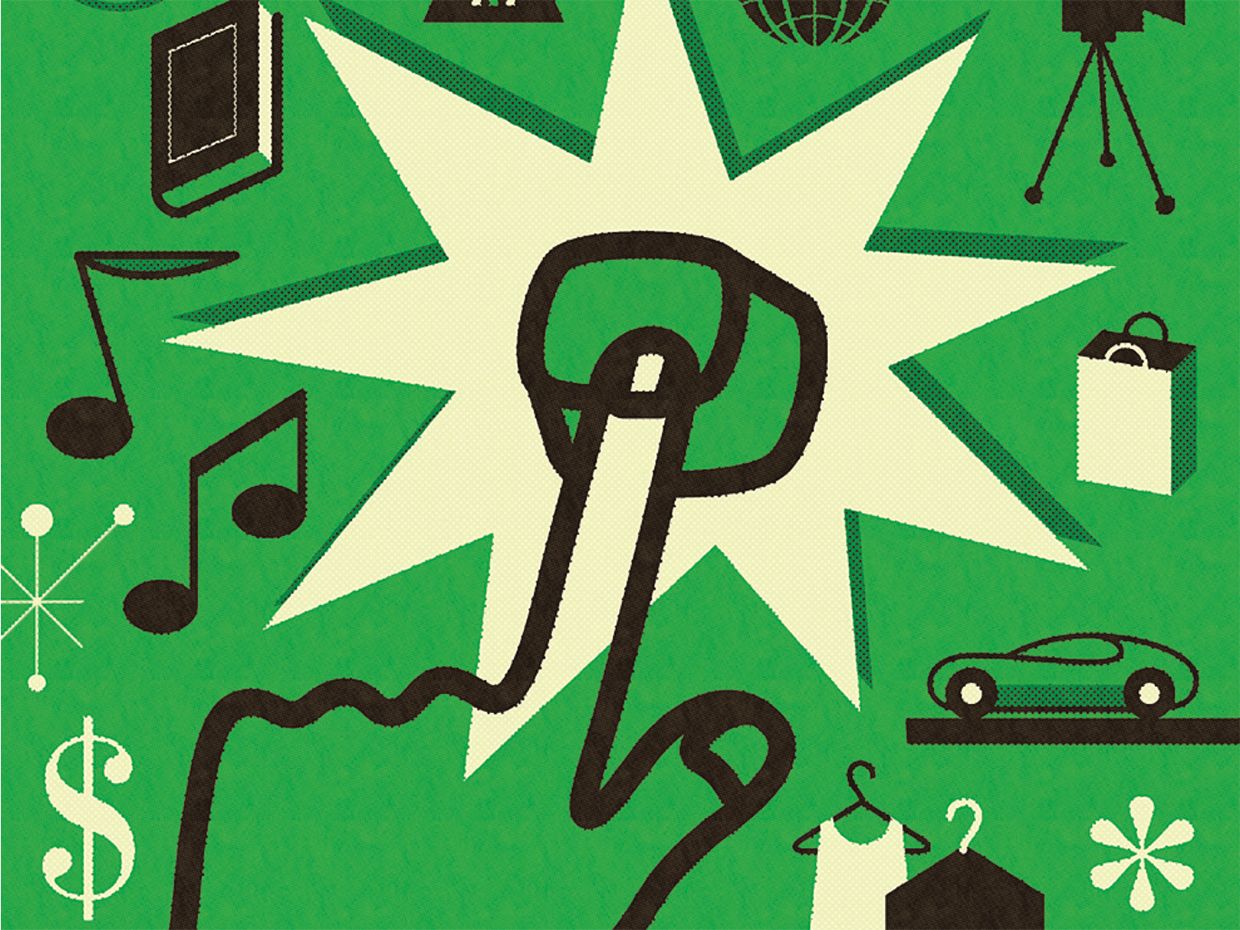Microsoft founder Bill Gates is famous for many things, including being the world’s richest person (until recently, anyway) and being the world’s unofficial Alpha Geek. However, in tech circles he’s also known for his long-standing belief that, as he once put it, ”any piece of information you want should be available to you.” The idea wasn’t new—as far back as the 1970s, the motto of the Information Industry Association was “Putting Information at Your Fingertips”—but Gates championed it as early as 1989, and he was in a position to do something about it. It remained his overriding goal for the next two decades.
In fact, you could argue that IAYF (as the cooler geeks now call it) has been the goal for the entire tech sector for the past 20 years, particularly since the Internet broke out of its academic cloister and started cavorting in the mainstream. But a funny thing happened between then and now: Quietly and without much fuss, this seemingly futuristic goal has pretty much become a reality. Wondering if that restaurant you see from your car window is any good? Ask your car’s GPS system. Somebody at dinner claims that Dustin Hoffman was in Star Wars? Whip out your iPhone and look it up in the Internet Movie Database—that information is iPhoneable.
Information at Your Fingertips went from pie-in-the-sky to data-in-your-smartphone seemingly overnight, and we’re just starting to realize how much findability (also called Googleability ) the world’s data has. In fact, it’s turning into what technologist John Seely Brown calls calm technology, remaining in the background until needed, thus letting you interact with it in a calm, engaged manner. IAYF will lead to an age of ambient findability, the ability to find anyone or anything from anywhere at any time.
The key is the rise of small tech, particularly thin client devices that are Web enabled. The slender iPhone is the archetype here, but netbook computers—tiny PCs optimized for Web viewing and other online activities—also enable folks, wherever they are, to Google away and access cloudware . Mobile hardware such as digital audio players, GPS devices, and even digital cameras are becoming increasingly Web aware (or, at least Wi-Fi aware). Radio-frequency identification (RFID) tags, real-world sensors, and other ambient interfaces are connecting ( deep networking) all such devices with the world and its staggering wealth of data. Devices thereby become environment aware, giving rise to so-called ecological computing and information surfacing: revealing previously hidden data that we or our devices can use to better make our way in this brave new world.
The ultimate expression of Information at Your Fingertips will be ubicomp (ubiquitous computing), where we can harness data using everyday objects and interfaces (ambient informatics in the lingo), which some wag dubbed everyware. Like the atmosphere itself, if something is everywhere it becomes nowhere; we cease to notice it. Thus, pervasive computing (also the name of an IEEE magazine, by the way) becomes transparent computing.
Expect to see a privacy backlash against all this when people realize that once the world’s information is at their fingertips, information about them is also at everyone else’s fingertips. The new elite will be the unGoogleables, who’ve never posted anything online using a real name—no comments, no blog posts, no newsgroup rants, no Web pages—and so remain blissfully beyond the reach of Google and its ilk. Here’s a can’t-miss business idea for you, gratis: Start a company that specializes in Google scrubbing —removing all traces of a person from Google’s servers. Let me know when you’re a going concern and I’ll look you up on my iPhone.
